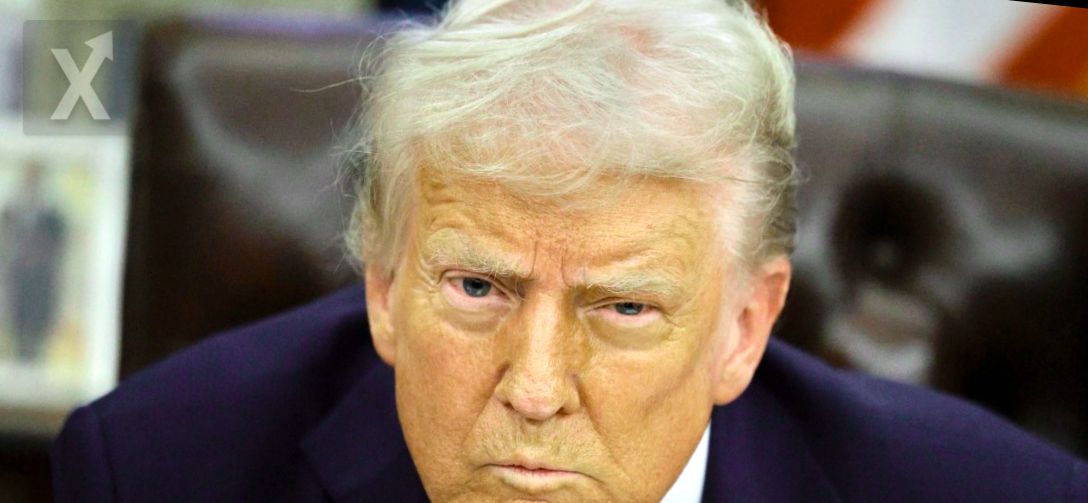U.S. Trade Deficit Soars in December

(WASHINGTON) - The U.S. trade deficit significantly increased in December, as imports hit record levels amid tariff tensions. The trade gap rose by 24.7% to $98.4 billion, the highest mark since March 2022, up from the adjusted $78.9 billion in November, according to a report released Wednesday by the Bureau of Economic Analysis at the Department of Commerce.
Economists surveyed by Reuters had predicted that the trade deficit would rise to $96.6 billion, up from the previously reported $78.2 billion in November. President Donald Trump suspended a 25% tariff on products from Mexico and Canada until next month. A new 10% tax on goods from China was implemented on Tuesday. The White House stated that the tariffs aim to "ensure that Mexico, Canada, and China fulfill their promises to curb illegal immigration and stop the dangerous fentanyl and other drugs entering the country." Imports grew by 3.5%, reaching a historic high of $364.9 billion, while exports fell by 2.6% to $266.5 billion. The preliminary estimate for Gross Domestic Product (GDP) for the fourth quarter, published last week, showed that trade had a surprisingly neutral influence on GDP, after being a negative weight for three consecutive quarters. The economy grew at an annualized rate of 2.3%, with the largest negative impact coming from inventories, after growing at 3.1% in the July to September quarter.
The situation with the trade deficit in the U.S. can have significant repercussions not only for the U.S. economy but also for Mexico, given that a large portion of our trade is linked to the economy of our northern neighbor. The tariff tensions and changes in imports and exports highlight the importance of diversifying markets and strengthening our own industries to adapt to a constantly changing trade environment.





